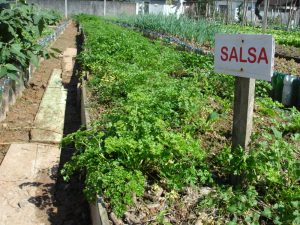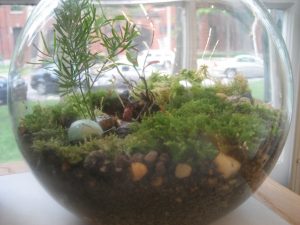Last Updated on December 22, 2023 by teamobn
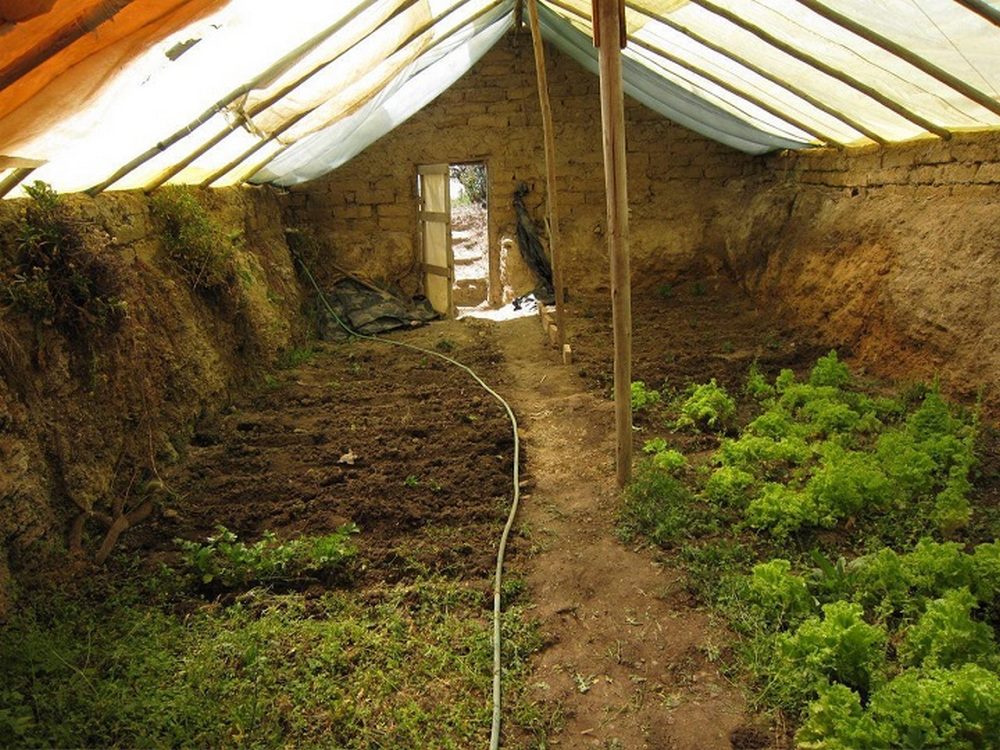
Underground greenhouses are revolutionizing sustainable agriculture. These innovative structures offer numerous benefits over traditional greenhouses by utilizing subterranean space. This article delves into the advantages of underground greenhouses, exploring how they contribute to efficient farming and environmental conservation.
Understanding Underground Greenhouses
Contents
- 1 Understanding Underground Greenhouses
- 2 Key Advantages of Underground Greenhouses
- 2.1 Enhanced Temperature Regulation
- 2.2 Reduced Energy Consumption
- 2.3 Year-Round Growing Capabilities
- 2.4 Protection from Extreme Weather
- 2.5 Optimized Use of Space
- 2.6 Enhanced Biodiversity
- 2.7 Water Conservation
- 2.8 Community and Educational Benefits
- 2.9 Economic Viability
- 2.10 Improved Pest Control
- 2.11 Microclimate Creation
- 2.12 Enhanced Product Quality
- 2.13 Adaptability to Different Geographies
- 2.14 Resilience to Climate Change
- 3 Environmental Impact and Sustainability
- 4 Challenges and Solutions
- 5 Case Studies and Success Stories
- 6 The Future of Underground Greenhouses
- 7 FAQ on Underground Greenhouses
- 7.1 How do underground greenhouses impact local wildlife and biodiversity?
- 7.2 Can underground greenhouses be used for organic farming?
- 7.3 Are there any specific crops that grow better underground?
- 7.4 How do underground greenhouses handle drainage and water management?
- 7.5 Can underground greenhouse operations be scaled up for large-scale commercial farming?
- 7.6 How do underground greenhouses compare in cost to traditional greenhouses?
- 7.7 Can underground greenhouses be built in areas with high water tables or flood-prone regions?
- 7.8 Are there any special insurance considerations for underground greenhouses?
- 7.9 How do underground greenhouses maintain air quality and circulation?
- 7.10 Can underground greenhouses be automated?
- 8 Conclusion
Underground greenhouses are a testament to human ingenuity in agriculture. By going below the surface, these structures offer a unique solution to the challenges of traditional farming.
This section explores the basic concept, historical roots, and modern adaptations of greenhouses, shedding light on how they transform agricultural practices.
Definition and Basic Concept
An underground greenhouse is built partially or entirely below the earth’s surface. This design leverages the earth’s natural insulation to create a stable, climate-controlled environment ideal for plant growth. These structures often feature transparent roofs at ground level, allowing sunlight to penetrate while the earth’s steady temperature moderates the internal climate.
Historical Context and Modern Adaptations
The concept of buried greenhouses is not new. Historical records indicate that ancient cultures used similar methods to protect plants from harsh weather. These greenhouses have evolved in modern times, incorporating advanced materials and technology.
They are now equipped with better insulation, efficient heating systems, and sophisticated light diffusion techniques, making them more effective and adaptable to various climates.
Key Advantages of Underground Greenhouses
Underground greenhouses offer remarkable benefits over their above-ground counterparts. These advantages range from better climate control to energy efficiency, making them an increasingly popular choice for sustainable agriculture.
Below are their benefits, illustrating why buried greenhouses are gaining traction among modern farmers and environmentalists.
Enhanced Temperature Regulation
One of the most significant advantages of underground greenhouses is their ability to maintain a consistent temperature. The earth surrounding these structures provides natural insulation, keeping the interior warm during winter and cool in the summer. This results in a stable environment conducive to plant growth year-round, irrespective of external weather conditions.
Reduced Energy Consumption
The energy efficiency of underground greenhouses is another key benefit. Traditional greenhouses often require significant heating in the winter and cooling in the summer, leading to high energy costs.
In contrast, the natural insulation of buried greenhouses drastically reduces the need for artificial heating and cooling. This lowers energy consumption and reduces the greenhouse’s carbon footprint, making it a more environmentally friendly option.
Year-Round Growing Capabilities
With their controlled environment, buried greenhouses enable farmers to grow crops throughout the year. This is particularly beneficial in regions with harsh climates, where outdoor agriculture is limited to specific seasons. The ability to produce food year-round can enhance food security and provide a steady income for farmers.
Protection from Extreme Weather
Above-ground greenhouses are vulnerable to extreme weather conditions like hail, storms, and heavy snowfall. Underground greenhouses, however, are largely protected from such elements. This protection ensures less damage to the structure and the crops inside, leading to lower maintenance costs and fewer crop losses.
Optimized Use of Space
Underground greenhouses offer a space-saving solution in urban areas or places with limited land availability. Using subterranean space, these greenhouses can be built in areas where traditional farming or above-ground greenhouses are not feasible. This makes them particularly valuable for urban agriculture projects.
Enhanced Biodiversity
Underground greenhouses can support a wider variety of plants, including those not native to the local climate. By creating a controlled environment, these greenhouses can mimic different climatic conditions, allowing for the cultivation of exotic and diverse plant species. This contributes to biodiversity and offers more variety for consumers.
Water Conservation
Water efficiency is another significant advantage of underground greenhouses. The closed environment reduces water evaporation, leading to lower water usage than traditional farming methods. Additionally, many buried greenhouses incorporate rainwater harvesting and recycling systems, further enhancing their sustainability.
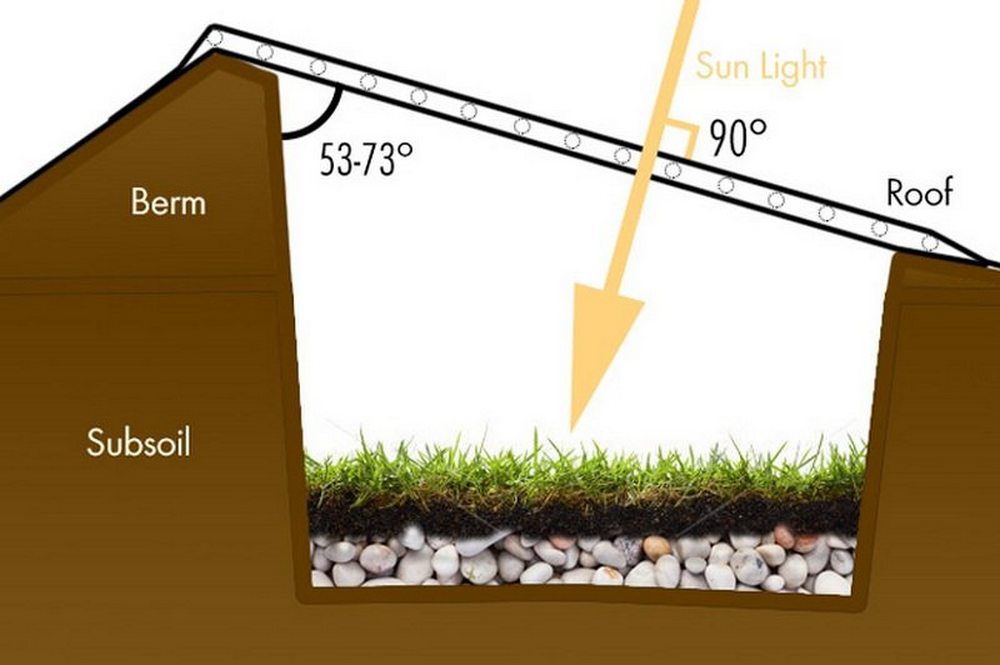
Community and Educational Benefits
Beyond agricultural advantages, underground greenhouses also serve as excellent educational and community resources. They provide a unique setting for teaching about sustainable agriculture and can be a focal point for community involvement and learning.
Economic Viability
The cost-effectiveness of these greenhouses is a significant advantage. Lower energy and water costs, reduced maintenance, and year-round production can lead to better financial outcomes for farmers.
Improved Pest Control
Underground greenhouses provide a significant advantage in pest control. By being situated below the surface, these structures naturally deter many common agricultural pests, such as rodents and insects, which are more prevalent in above-ground environments.
This natural barrier reduces the reliance on chemical pesticides, leading to a more organic and eco-friendly growing process. Furthermore, the controlled environment inside these greenhouses can be fine-tuned to discourage pest infestations, promoting healthier, more robust plant growth.
Microclimate Creation
The ability to create specific microclimates is a unique feature of underground greenhouses. This capability allows for cultivating crops that would not normally thrive in the local environment.
For instance, farmers in a cold region can grow tropical fruits by maintaining a warm, humid microclimate within their underground greenhouse. This adaptability opens up new agricultural possibilities, enabling farmers to diversify their produce and explore exotic varieties that command higher market prices.
Enhanced Product Quality
The stable and controlled conditions in underground greenhouses directly contribute to the enhanced quality of the produce. Plants in these environments experience less stress from temperature fluctuations and harsh weather conditions.
This stability leads to healthier plants with improved nutritional profiles and taste. The controlled environment also allows for more precise management of soil and nutrient conditions, further enhancing the quality and consistency of the produce.

Adaptability to Different Geographies
Underground greenhouses are exceptionally adaptable to various geographical conditions. They can be constructed in diverse environments, from arid deserts to cold tundra regions. This versatility is particularly beneficial for regions where the local climate challenges traditional farming.
Adjusting the design and construction of these greenhouses can be optimized for different terrains and climates, making them a feasible option for sustainable agriculture previously considered unsuitable for farming.
Resilience to Climate Change
As the impacts of climate change become more pronounced, underground greenhouses stand out as a resilient alternative to traditional agricultural practices. These structures are less susceptible to weather and climate extremes, such as droughts, floods, and heat waves.
Their ability to maintain a consistent internal environment ensures reliable food production, which is crucial in the face of increasing climate unpredictability. This resilience makes underground greenhouses an important tool in the global effort to combat food insecurity exacerbated by climate change.
Environmental Impact and Sustainability
Underground greenhouses are a leap forward in agricultural efficiency and a stride toward environmental sustainability. This section explores how these greenhouses positively impact the environment and contribute to sustainable practices.
Lower Carbon Footprint
One of the underground greenhouses’ most significant environmental benefits is their reduced carbon footprint. The natural insulation the earth provides significantly reduces the energy required for heating and cooling, decreasing greenhouse gas emissions. This is crucial in the fight against climate change, as agriculture is a notable contributor to global carbon emissions.
Water Conservation Strategies
Underground greenhouses excel in water efficiency. Their enclosed nature minimizes water loss through evaporation, making them ideal for water scarcity regions. Many greenhouses incorporate innovative water conservation techniques like rainwater harvesting and drip irrigation, further enhancing efficiency. This approach conserves a vital resource and sets a precedent for sustainable water management in agriculture.
Integration with Renewable Energy Sources
These greenhouses offer excellent opportunities for integration with renewable energy sources. Solar panels, for instance, can provide clean energy for any electrical needs within the greenhouse, such as lighting and automated systems. Some designs also incorporate geothermal heating, utilizing the earth’s natural heat for maintaining optimal temperatures. By pairing with renewable energy, underground greenhouses can operate with a near-zero carbon footprint.
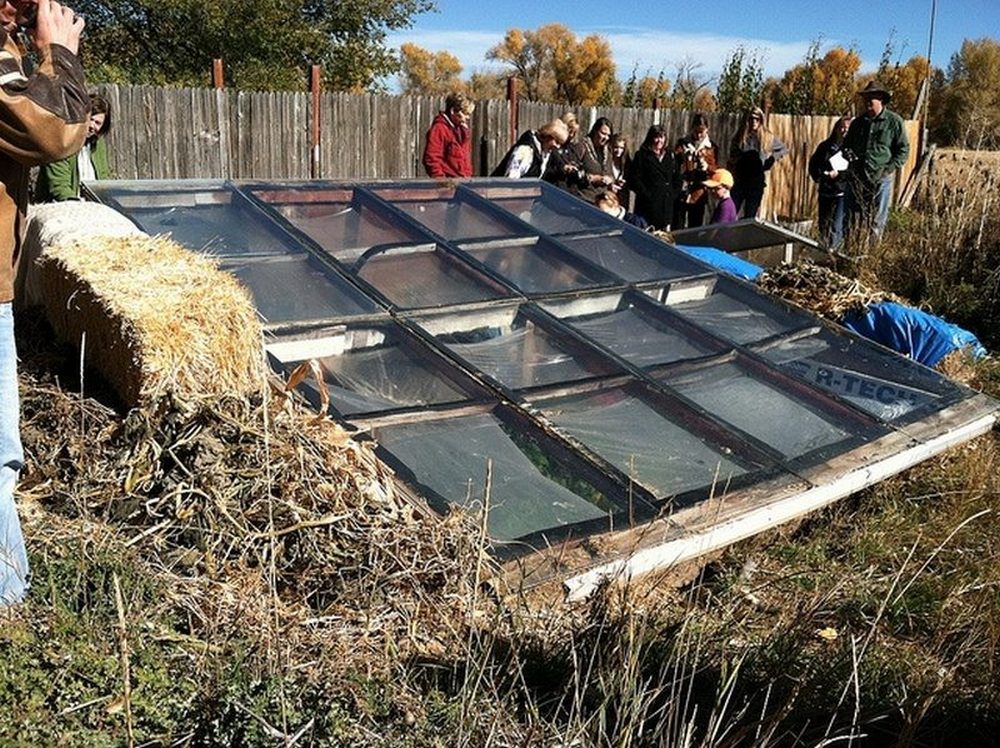
Reducing Soil Erosion and Land Degradation
Underground greenhouses can help reduce soil erosion and land degradation by their design. Traditional agricultural practices, especially on large scales, often lead to these environmental issues. These greenhouses use less land more efficiently and can be built in areas unsuitable for traditional farming, thus preserving topsoil and reducing the pressure on arable land.
Enhancing Local Ecosystems
These greenhouses can positively impact local ecosystems. By growing a variety of crops year-round, they can contribute to the biodiversity of an area. Also, reducing chemical pesticides and fertilizers minimizes runoff into local waterways, thereby protecting aquatic life and maintaining the health of surrounding ecosystems.
Supporting Sustainable Community Development
Underground greenhouses can play a vital role in sustainable community development. Providing a stable source of fresh produce can enhance food security and reduce the environmental impact of transporting food long distances.
They also offer opportunities for community-based projects and education on sustainable practices, promoting environmental stewardship at a grassroots level.
Challenges and Solutions
While underground greenhouses offer many benefits, they also come with unique challenges. Addressing these effectively is key to unlocking their full potential. This section outlines the primary challenges associated with these greenhouses and the innovative solutions being developed to overcome them.
Construction and Maintenance Issues
Building an underground greenhouse is more complex than constructing a traditional one. It involves excavation, ensuring structural stability, and waterproofing. These processes can be costly and require specialized knowledge.
Advancements in construction techniques and materials are being made to address these challenges. Using prefabricated modules, for example, can simplify construction and reduce costs. Regular maintenance is crucial to prevent issues like water leakage and structural damage.
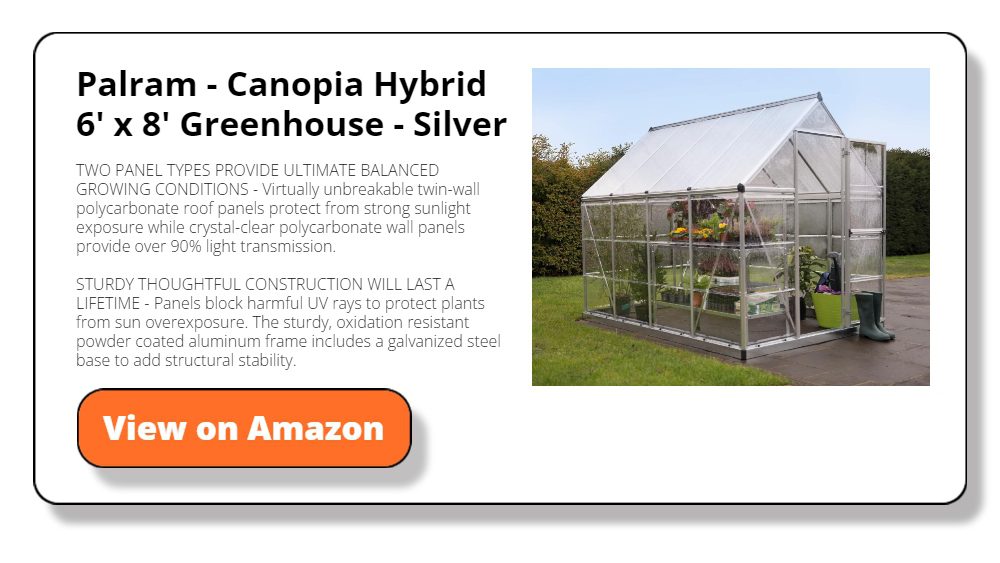
Overcoming Design Limitations
Underground greenhouses must be carefully planned to ensure adequate sunlight and proper ventilation. Innovative architectural designs, such as strategic orientation and light-reflecting materials, can maximize natural light exposure. Advanced ventilation systems are also essential to maintain air quality and temperature control.
Managing Soil Health
Soil health can be challenging in any greenhouse setting, including underground ones. Over time, soil can become depleted of nutrients or host pathogens. Implementing crop rotation, using organic fertilizers, and incorporating hydroponic or aquaponic systems can help maintain healthy soil conditions.
Adapting to Varying Climates
While underground greenhouses are adaptable, they must be customized for different climatic conditions. Additional insulation or heating might be necessary in colder regions, whereas efficient cooling systems and shading are essential in warmer climates. Research and development in climate-specific designs are helping to adapt these greenhouses to a broader range of environments.
Regulatory and Zoning Challenges
There can be regulatory hurdles related to the construction of underground structures. Navigating zoning laws and obtaining the necessary permits can be time-consuming. Advocacy and education about the benefits of underground greenhouses can help change regulations and encourage governmental support.
Cost and Accessibility
The initial investment for an underground greenhouse can be higher than a traditional one. To make these greenhouses more accessible, financial incentives such as grants, subsidies, or partnerships with environmental organizations can be explored. Educating potential investors about the long-term economic and environmental benefits can also help garner support.
The challenges associated with buried greenhouses are significant but not insurmountable. These challenges can be effectively addressed through innovative solutions, research, and collaboration, paving the way for wider adoption of this sustainable agricultural practice.
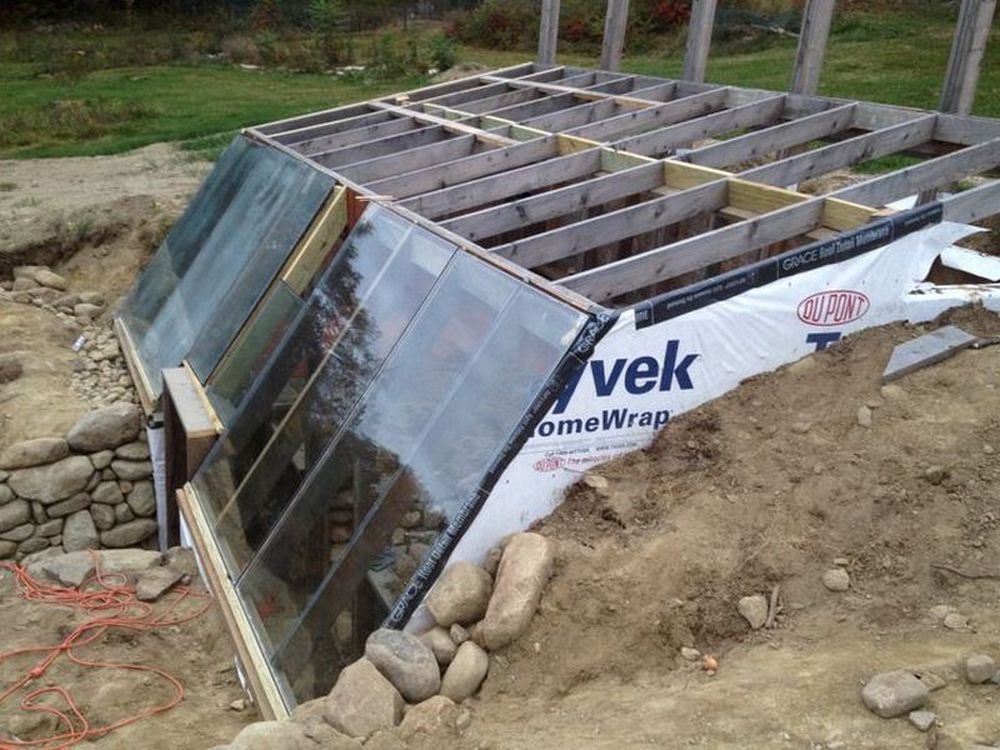
Case Studies and Success Stories
The growing popularity of underground greenhouses is evidenced by numerous successful implementations worldwide. Below are compelling case studies and success stories demonstrating these innovative structures’ practical viability and impact in diverse settings.
Revolutionizing Agriculture in Harsh Climates
Underground greenhouses have proven to be game-changers in regions with extreme weather conditions. For instance, a community in northern Canada’s harsh, cold climate successfully cultivated various vegetables year-round in an underground greenhouse. This provided fresh produce to the community and reduced reliance on expensive, imported food.
Urban Farming Innovations
In densely populated urban areas, buried greenhouses have offered an ingenious solution to space constraints and food security issues. A European city transformed an unused underground tunnel into a thriving greenhouse, growing herbs and leafy greens. This project utilized otherwise wasted space and brought locally grown, fresh produce to urban dwellers.
Sustainable Farming in Arid Regions
Underground greenhouses have offered a sustainable alternative in arid regions, where water scarcity and extreme heat make traditional farming challenging. A farm in the Middle East successfully implemented an underground greenhouse, using minimal water to grow crops that were previously impossible to cultivate in the desert environment. This innovation has implications for food production in other arid regions worldwide.
Community-Led Projects for Food Sovereignty
Several community-led projects have used underground greenhouses to achieve food sovereignty. A notable example is a small community in South America that built an underground greenhouse to grow various crops. This initiative improved the community’s food security and became a center for education and community building.
Educational Institutions Leading the Way
Educational institutions have also embraced buried greenhouses as living laboratories for sustainable agriculture. A university in the United States constructed an underground greenhouse to teach students about innovative farming techniques and sustainable food systems, inspiring the next generation of environmentally conscious farmers.
Supporting Indigenous Practices
In some cases, underground greenhouses have supported and modernized indigenous agricultural practices. An indigenous community revitalized traditional farming methods by incorporating an underground greenhouse, preserving cultural heritage while enhancing agricultural productivity.
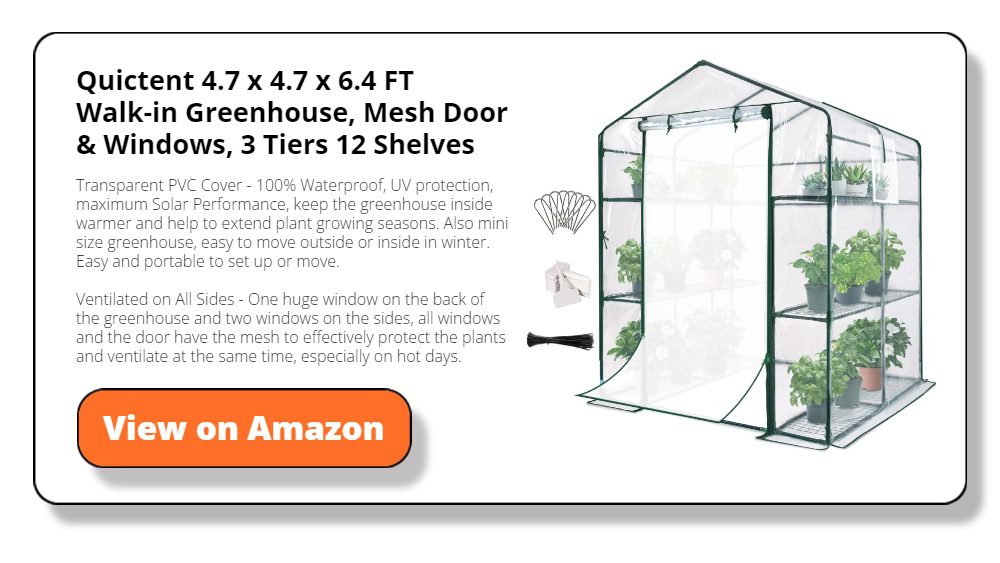
The Future of Underground Greenhouses
The concept of underground greenhouses is evolving rapidly, promising a transformative impact on the future of sustainable agriculture. As we look forward, these innovative structures are poised to play a pivotal role in addressing global food security, environmental sustainability, and the challenges posed by climate change. This detailed exploration delves into underground greenhouses’ potential developments, technological innovations, and global adoption prospects.
Technological Innovations on the Horizon
The future of underground greenhouses is closely tied to technological advancements. Emerging technologies such as advanced climate control systems, automated planting and harvesting machines, and sophisticated monitoring sensors are set to enhance the efficiency and productivity of these greenhouses.
Developments in renewable energy technology, like more efficient solar panels and geothermal systems, will further reduce their carbon footprint. Innovations in hydroponics and aquaponics are also revolutionizing underground greenhouse farming.
These soilless farming techniques can significantly increase crop yields when integrated into underground greenhouses while minimizing water and nutrient usage. Additionally, advancements in LED lighting technology, which can mimic the full spectrum of natural sunlight, are expected to improve growth conditions and expand the range of crops that can be cultivated.
Expanding Global Adoption
The adaptability and efficiency of underground greenhouses are leading to their increased adoption worldwide. In the coming years, we will likely see more widespread use of these structures in diverse climatic and geographic regions.
Countries facing food security challenges, particularly those with harsh climates or limited arable land, may increasingly turn to underground greenhouses as a viable solution.
International collaborations and knowledge sharing will play a crucial role in this expansion. Initiatives that provide technical support, training, and financial assistance can help developing countries adopt this technology, leading to a more equitable distribution of sustainable agricultural practices globally.
Potential for Urban and Peri-Urban Agriculture
The potential of underground greenhouses in urban and peri-urban areas is particularly promising. As urban populations grow, these greenhouses offer a way to produce food locally, reducing the need for long-distance transportation and associated emissions. This local production can significantly enhance urban food security and resilience.
Furthermore, underground greenhouses in urban settings can serve as hubs for community engagement and education. They provide urban dwellers opportunities to connect with food production processes and learn about sustainability. This can foster a stronger community spirit and greater awareness of environmental issues.
Addressing Climate Change and Environmental Sustainability
Underground greenhouses are well-positioned to address the challenges of climate change. Their resilience to extreme weather conditions and ability to maintain stable growing environments make them a reliable option for food production in an increasingly unpredictable climate.
As the world seeks to reduce its carbon footprint, the low energy requirements and potential for integration with renewable energy sources make underground greenhouses attractive. Their role in preserving biodiversity, conserving water, and reducing soil degradation further underscores their environmental benefits.
Enhancing Economic Viability and Accessibility
The future will likely see efforts to make underground greenhouses more economically viable and accessible. This could involve developing cost-effective construction methods, providing financial incentives, and fostering public-private partnerships. As the economic benefits become apparent, investment in this technology is expected to grow, leading to widespread adoption.
Innovative Designs and Custom Solutions
Customized design solutions are set to become a significant trend in the development of underground greenhouses. Tailored designs that consider specific local conditions, such as soil type, climate, and available space, will enhance the effectiveness of these structures. This customization will allow for more efficient use of resources and greater crop diversity.
FAQ on Underground Greenhouses
How do underground greenhouses impact local wildlife and biodiversity?
Underground greenhouses have minimal impact on above-ground wildlife and biodiversity. They use less land and can improve biodiversity by creating new habitats on their roofs or surrounding areas. Additionally, they can be integrated into existing landscapes with minimal disruption to local ecosystems.
Can underground greenhouses be used for organic farming?
Underground greenhouses are well-suited for organic farming. Their design reduces the need for chemical pesticides and fertilizers, and their controlled environment is ideal for organic crop cultivation. The ability to closely monitor and adjust conditions also supports the principles of organic agriculture.
Are there any specific crops that grow better underground?
Underground greenhouses are particularly beneficial for crops sensitive to temperature fluctuations and extreme weather, such as leafy greens, herbs, and certain fruits like strawberries. They also offer an opportunity to grow exotic or off-season crops that require specific climatic conditions.
How do underground greenhouses handle drainage and water management?
Efficient drainage and water management systems are integral to underground greenhouse design. These systems often include sloped floors for natural drainage, water collection systems for recycling, and carefully planned irrigation methods to prevent waterlogging and ensure optimal soil moisture.
Can underground greenhouse operations be scaled up for large-scale commercial farming?
It is feasible to scale up underground greenhouse operations, though it requires careful planning and significant investment. Larger operations might involve multiple interconnected units, advanced automation, and sophisticated climate control systems to manage the increased scale efficiently.
How do underground greenhouses compare in cost to traditional greenhouses?
Initially, underground greenhouses can be more expensive to construct than traditional greenhouses due to excavation and structural requirements. However, they often have lower operational costs, thanks to reduced energy and water usage, making them more cost-effective in the long run.
Can underground greenhouses be built in areas with high water tables or flood-prone regions?
Building underground greenhouses in areas with high water tables or prone to flooding is challenging but possible. Specialized design elements like waterproofing, reinforced structures, and effective drainage systems are required to manage these risks.
Are there any special insurance considerations for underground greenhouses?
Underground greenhouses may require specific insurance policies due to their unique nature. Owners should consider coverage for issues like structural damage, water ingress, and crop loss, which is different from those of traditional greenhouses.
How do underground greenhouses maintain air quality and circulation?
Air quality and circulation in underground greenhouses are maintained through ventilation systems, which can be either passive (using natural airflow) or active (using fans and air ducts). Consider Incline Duct Ventilation Fans that are easy to install.
Can underground greenhouses be automated?
Underground greenhouses can be highly automated. Automation can include systems for temperature control, lighting, watering, and even planting and harvesting. This automation reduces labor costs and enhances precision in managing the growing environment.
Conclusion
The exploration of underground greenhouses reveals a promising and innovative approach to modern agriculture. These subterranean structures offer a sustainable solution to the challenges of traditional farming, ranging from climate control to environmental conservation.
As we have seen, underground greenhouses provide practical benefits like enhanced crop quality and year-round production and significantly contribute to environmental sustainability through reduced energy consumption and water conservation.
The journey into the world of underground greenhouses is just beginning. The future of sustainable agriculture shines brighter with the promise and possibilities offered by underground greenhouses.


